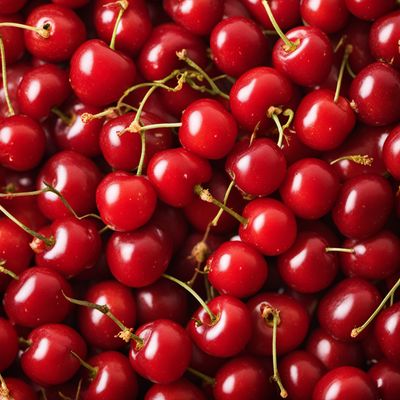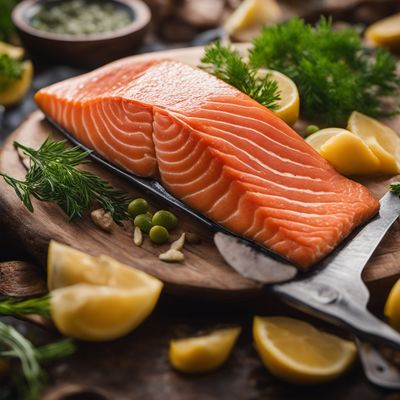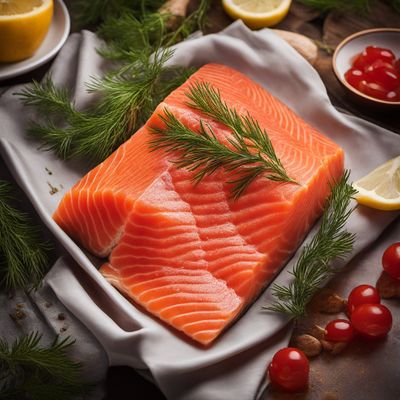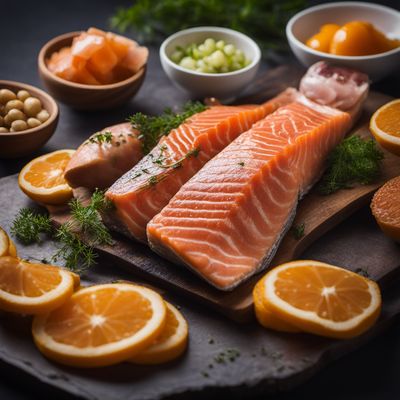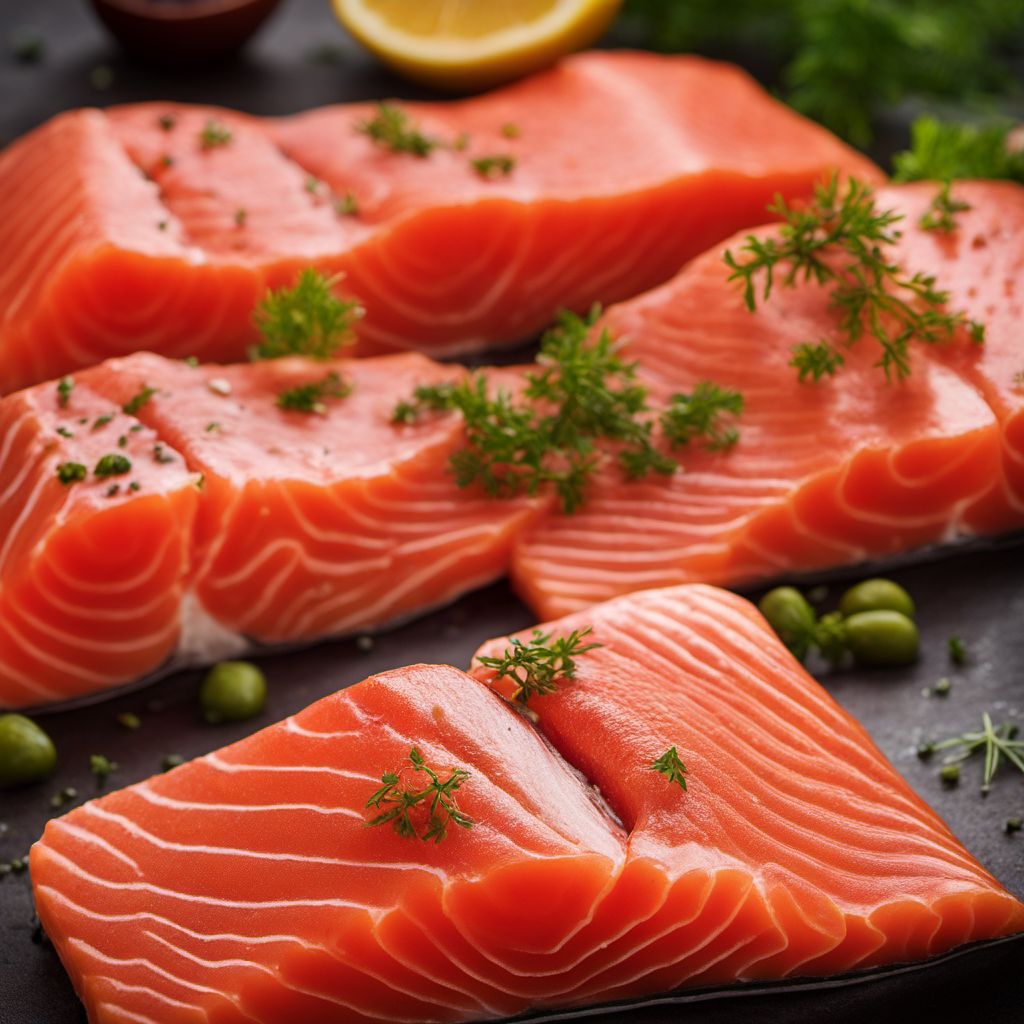
Ingredient
Sockeye salmon
The Mighty Sockeye: A Nutrient-Rich Delicacy from the Sea
Sockeye salmon, also known as red salmon, is a species of salmon that is highly valued for its firm texture, deep red flesh, and distinct flavor. It has a rich, buttery taste with a hint of sweetness and a delicate, melt-in-your-mouth texture. Its vibrant red color adds visual appeal to any dish it is used in. Sockeye salmon is a nutrient powerhouse, packed with heart-healthy omega-3 fatty acids, high-quality protein, vitamins, and minerals.
Origins and history
Sockeye salmon has a long history of being a staple food for indigenous communities in North America, particularly in the Pacific Northwest. It has been an important part of their culture and sustenance for thousands of years. Today, sockeye salmon is commercially harvested in various regions, including Alaska, British Columbia, and Russia. It is highly sought after by seafood connoisseurs and is exported to different parts of the world.
Nutritional information
Sockeye salmon is a nutritional powerhouse, rich in heart-healthy omega-3 fatty acids, high-quality protein, and essential vitamins and minerals. It is a great source of vitamin D, vitamin B12, selenium, and potassium. Additionally, sockeye salmon is low in saturated fat and calories, making it a nutritious choice for a balanced diet.
Allergens
Sockeye salmon may be allergenic to individuals with fish allergies. It is important to exercise caution and avoid consumption if you have a known fish allergy. Cross-contamination with other fish species may also occur during processing, so individuals with fish allergies should be vigilant when purchasing and consuming sockeye salmon.
How to select
When selecting sockeye salmon, look for vibrant red flesh that is firm to the touch. The skin should be shiny and free from any discoloration or blemishes. Fresh sockeye salmon should have a mild, oceanic smell. If purchasing frozen sockeye salmon, ensure that it is properly sealed and frozen solid without any signs of freezer burn.
Storage recommendations
To maintain the freshness and quality of sockeye salmon, it should be stored in the refrigerator at a temperature below 40°F (4°C). If not consumed within a day or two, it is best to freeze the salmon to extend its shelf life. Properly wrapped and sealed, sockeye salmon can be stored in the freezer for up to three months without significant loss of quality.
How to produce
Sockeye salmon is primarily harvested from the wild, but it can also be sustainably farmed. If you have access to a reliable source of fresh water, you can consider setting up a small-scale aquaculture system to raise sockeye salmon. However, it is important to consult local regulations and guidelines before embarking on such endeavors.
Preparation tips
Sockeye salmon can be prepared in various ways, including grilling, baking, broiling, or pan-searing. It pairs well with a wide range of flavors and ingredients, such as citrus, dill, garlic, and soy sauce. For a simple and delicious preparation, try seasoning the salmon with salt, pepper, and a squeeze of lemon juice before grilling or baking. The rich flavor and vibrant color of sockeye salmon make it an excellent choice for sushi, sashimi, or ceviche as well.
Substitutions
Substitutions for sockeye salmon include other varieties of salmon, such as king salmon or coho salmon. These varieties offer similar flavor profiles and can be used interchangeably in most recipes. If a vegetarian or vegan alternative is desired, marinated tofu or tempeh can be used as a substitute for the texture and protein content.
Culinary uses
Sockeye salmon is a versatile ingredient that can be used in a wide range of culinary applications. It is commonly used in dishes such as grilled salmon fillets, salmon burgers, salmon salads, and smoked salmon. It is also a popular choice for sushi, sashimi, and poke bowls. The rich flavor and vibrant color of sockeye salmon make it a standout ingredient in any seafood-based dish.
Availability
Sockeye salmon is primarily harvested in the Pacific Northwest, including Alaska, British Columbia, and Washington state. It is also commercially fished in Russia and other parts of the world. Sockeye salmon is widely available in supermarkets, fish markets, and specialty seafood stores in these regions. It is also exported to various countries, making it accessible to seafood enthusiasts worldwide.
